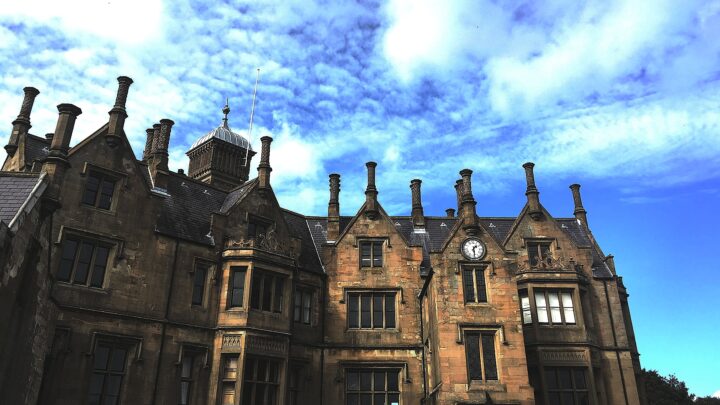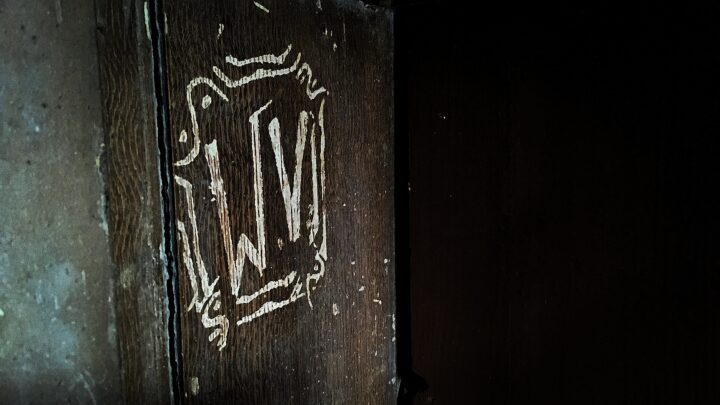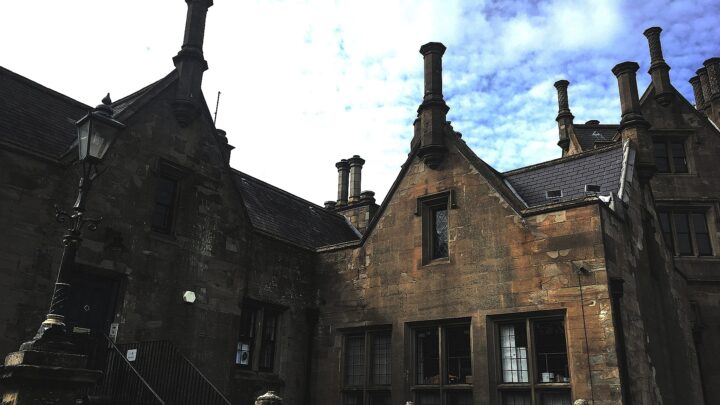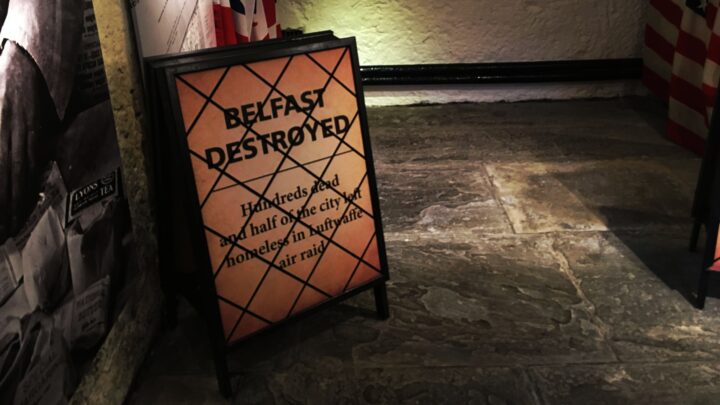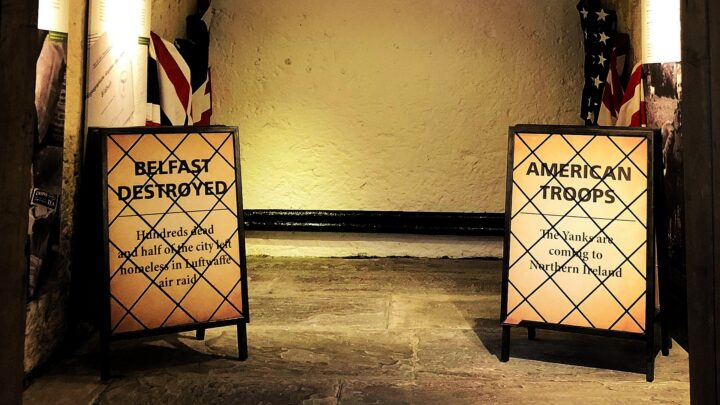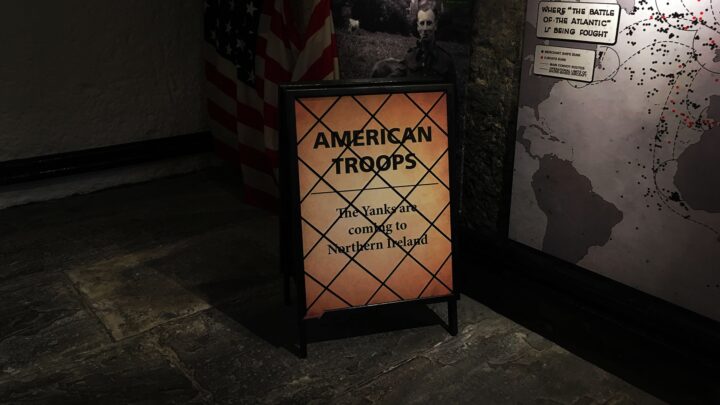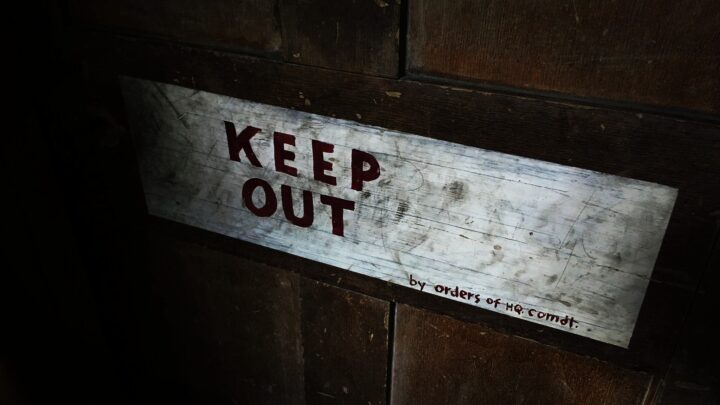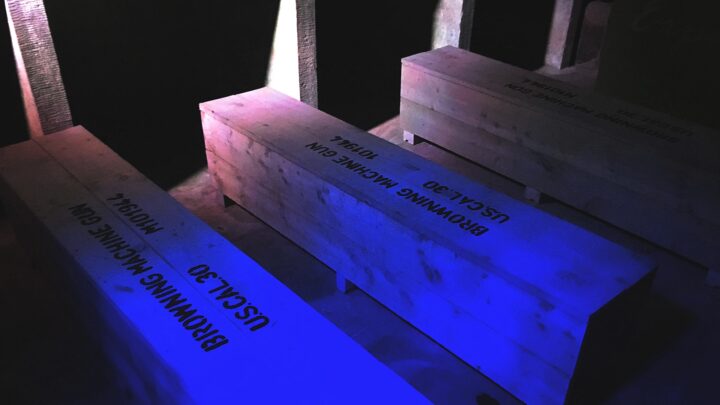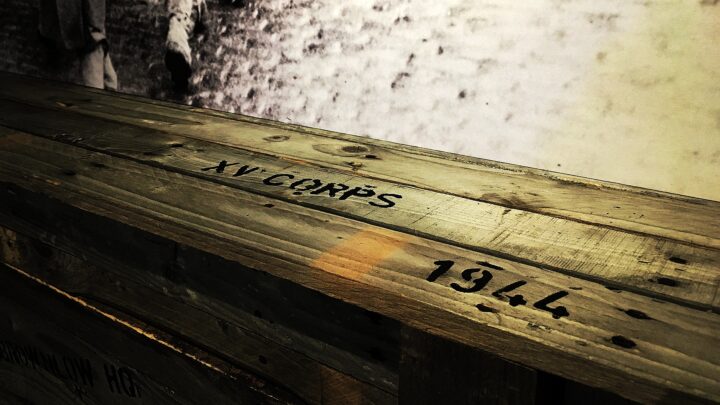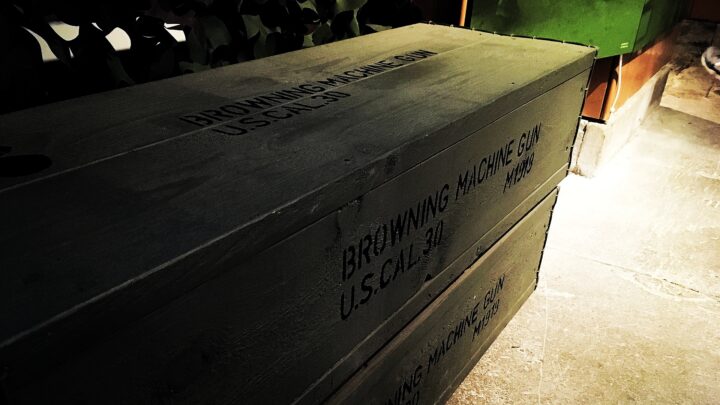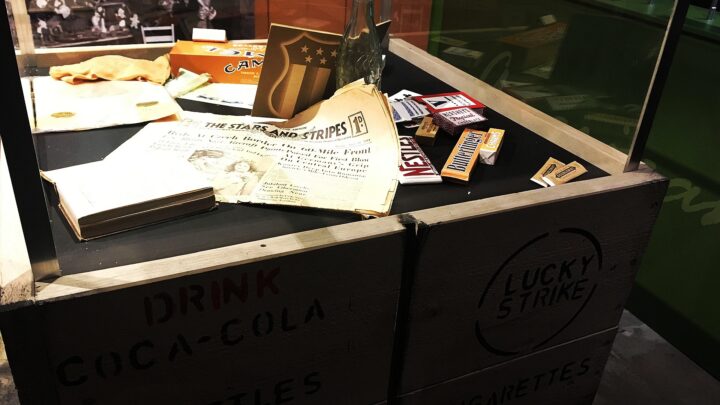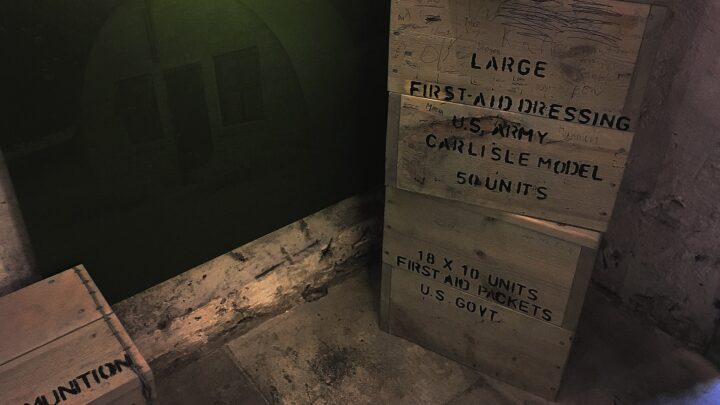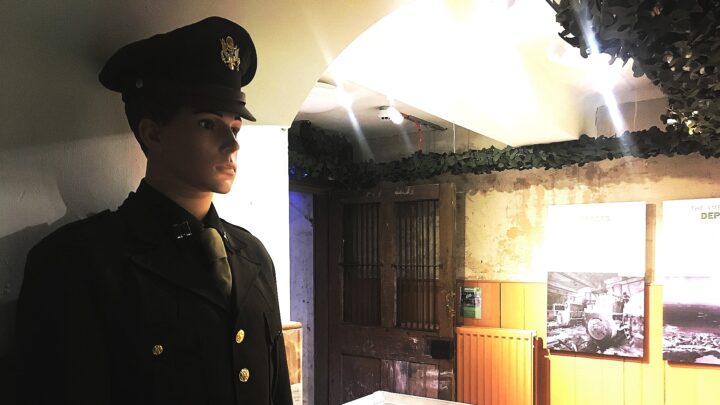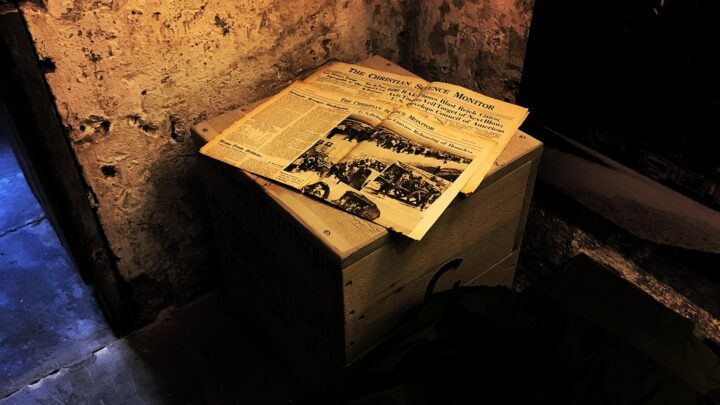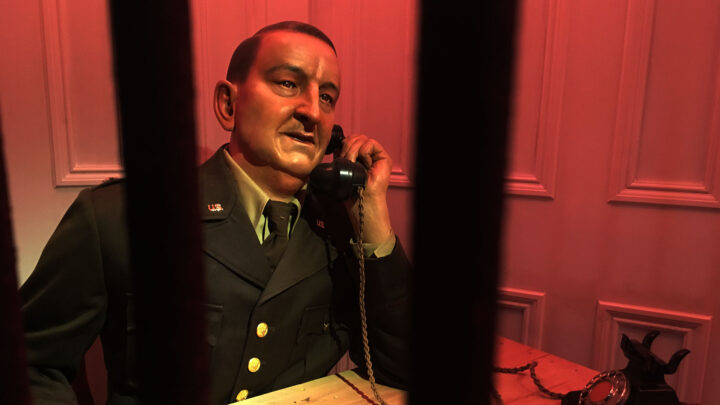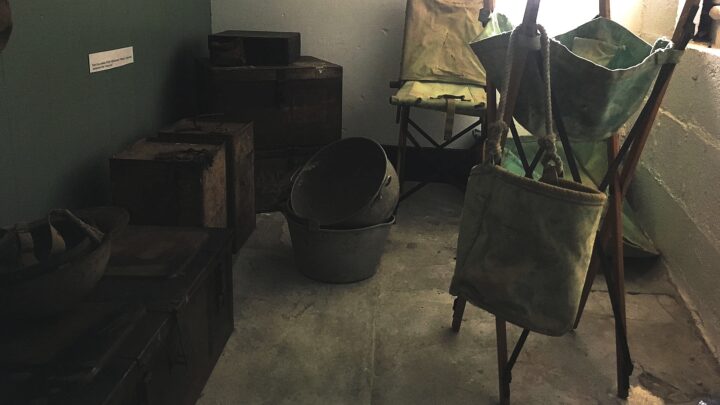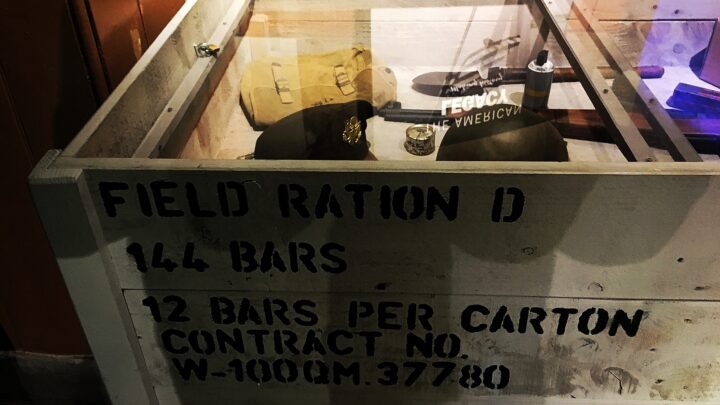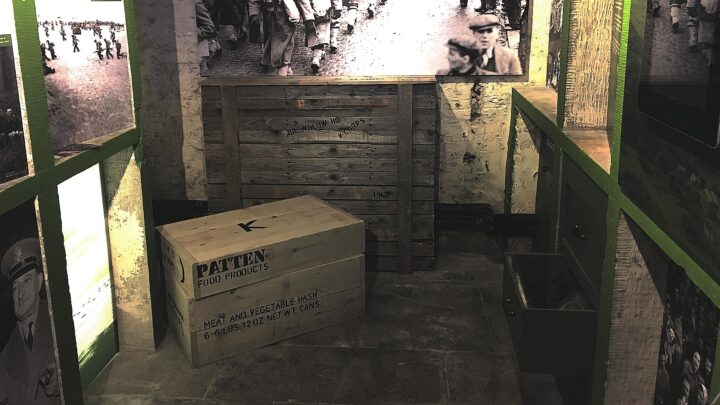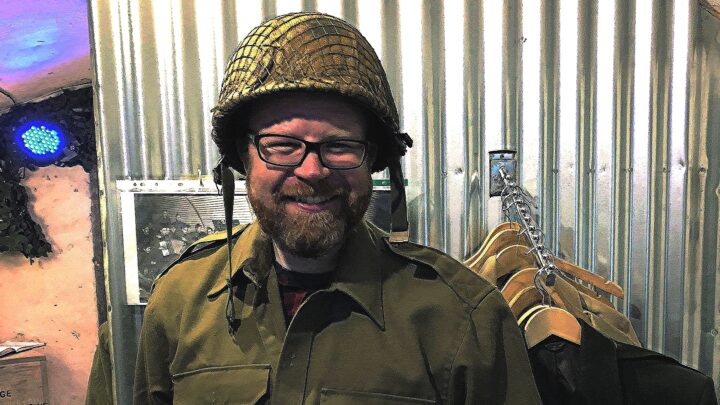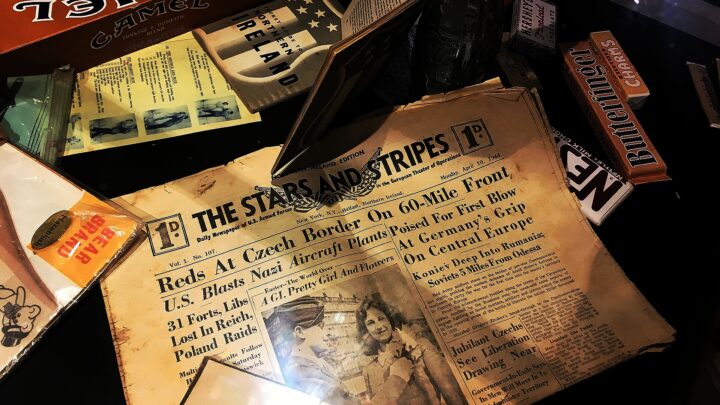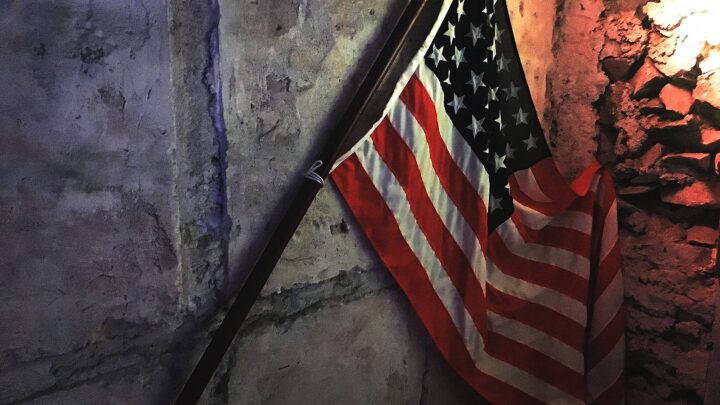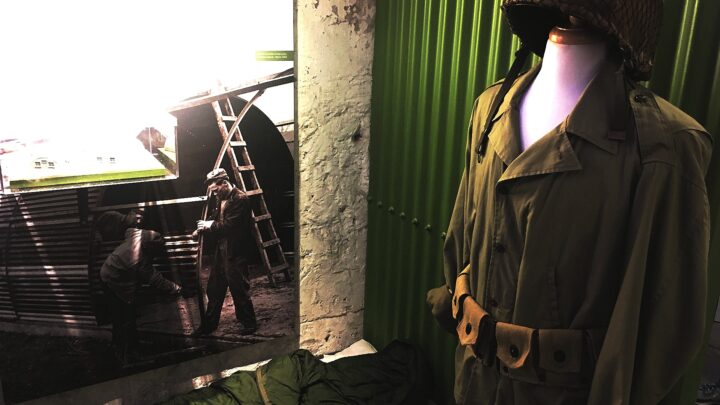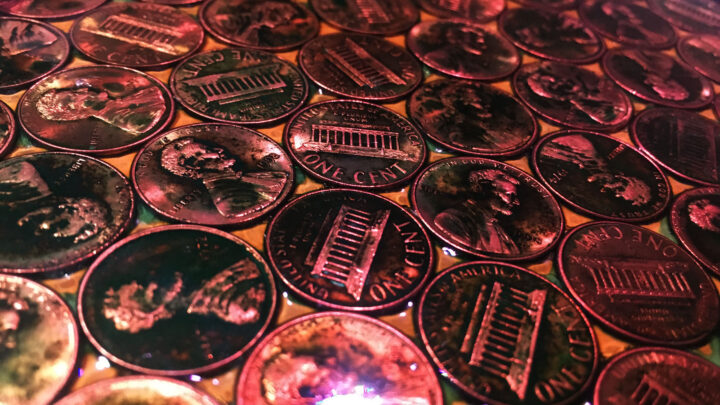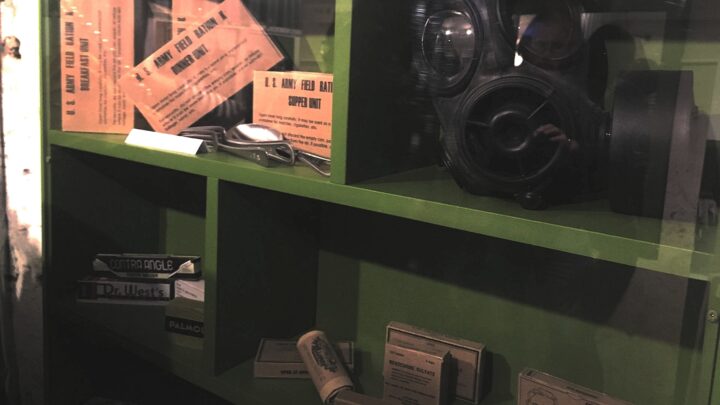In 1942, Brownlow House in Lurgan, Co. Armagh became the headquarters of XV Corps of the United States Army during their time based throughout Northern Ireland.
Brownlow House in Lurgan, Co. Armagh lays claim to being the largest Orange Hall in the world, coming under the ownership of Lurgan District of the Orange Order in the early 1900s. They had purchased the house from Lurgan Real Property Company Ltd., who had come into ownership when the Brownlow family fell upon hard times. As well as being an Orange Hallm Brownlow House in home to the Imperial Grand Black Chapter of the British Commonwealth.
It also served as one of the first U.S. Army headquarters in the European Theatre of Operations in the Second World War.
Construction of the Grade A-listed, Elizabethan-style Brownlow House began in 1833. Designed by Scottish architect William Henry Playfair, the building is a “Calendar House”. It therefore features four wings, one for each season; seven external doors, one for each day of the week; twelve external corners, one for each month of the year; fifty-two chimneys, one for each week of the year, and a total of 365 rooms.
Legend claims a tunnel runs from the house, beneath the ornamental lake up to Castle Street in the town. This allegedly enabled Lord Brownlow and his roving eye to escape the house after dark and to return unnoticed by his wife in time for breakfast.
The house has often played an important military role. During The Great War, it was headquarters for 16th Battalion Royal Irish Regiment and 10th Battalion Royal Irish Fusiliers. In mid-1942, the mansion became headquarters for United States 5th Army Corps. Major General Wade H. Haislip and the United States 15th Army Corps followed on 21st December 1942. American military occupation of Brownlow House ended on 1st March 1944.
Planning of secret operations throughout the European Theatre of Operations took place in the rooms of the Lurgan castle. Such plans under observation from General Eisenhower may have included the D-Day Landings. Officers stayed in the main house while the remaining men lived in Nissen huts in the park and surrounding areas.
Traces of some of the troops still exist in the basement rooms of Brownlow House where wartime graffiti has stood the test of time. Rumours suggest that GIs removed one of the impressive stained-glass windows as a memento of their stay. A replica now stands in its place.
A permanent display in the basement of Brownlow House commemorates the American Forces based in Northern Ireland. Thought to be the first of its kind in Northern Ireland, it is worth a visit for any Second World War aficionado. The “Brownlow HQ” exhibition opened in 2015 with guests of honour including U.S. Consul General Daniel Lawton. Other guests included Royal Air Force veteran Flight Lieutenant Bill Eames and Teddy Dickson who served in 42nd Rainbow Division.
As well as seeing remnants from the GI’s time in Lurgan, you can learn about living arrangements from a virtual GI. Informative panels tell stories of culture clashes, concerts and dances, and love among the local ladies. Among those rumoured to have entertained at Brownlow House was performer Al Jolson. As well as a wealth of information on the United States Army, the museum also covers other aspects of life in wartime Northern Ireland. Entry to the museums at Brownlow House is free but donations are both welcomed and deserved.
